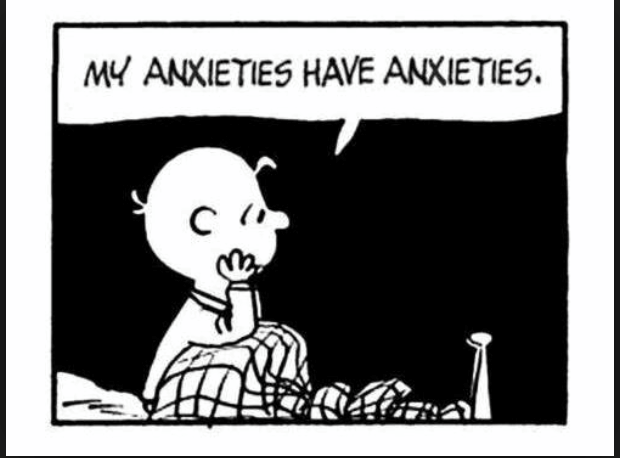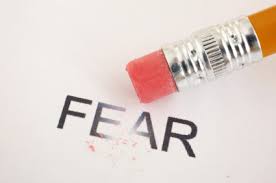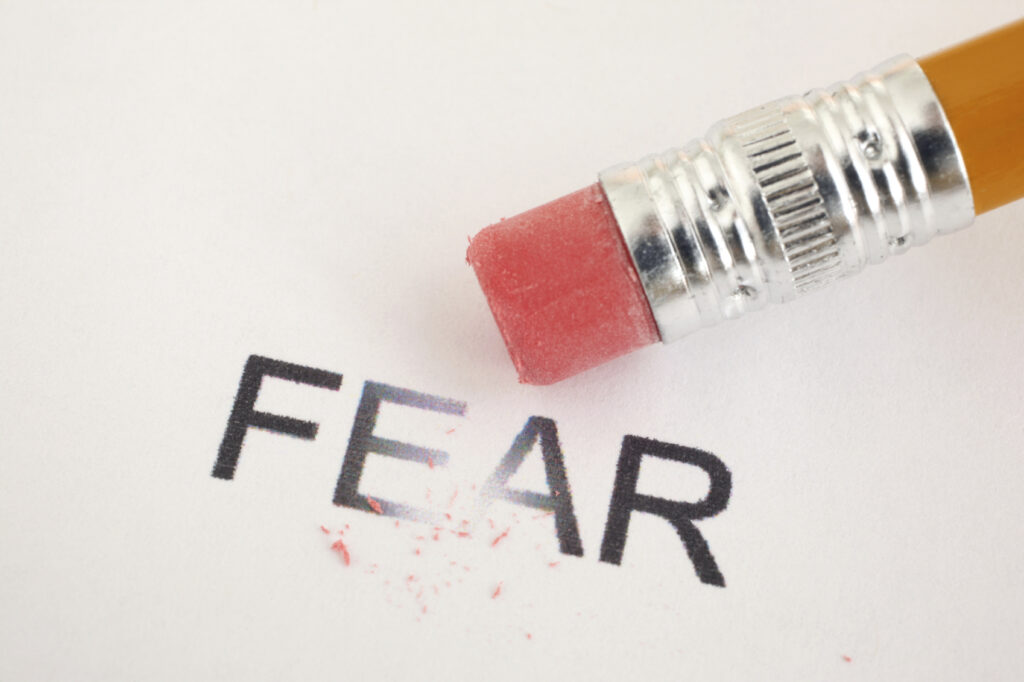How Do You Manage Anxiety When You Are Depressed?

Before I was treated for bipolar depression I also developed an anxiety disorder. For example, I found it difficult to eat in public. When we had church functions my stomach would knot up and my hands would shake from apprehension. As pastor, I was able to walk around doing informal greetings with members. Walking and having short visits allowed me contain my anxiety. By the time the event was over I hadn’t eaten anything and was exhausted.
It is not unusual to have an anxiety disorder along with depression. Some of the feelings overlap but they are different diseases with their own emotional and behavioral symptoms.
Anxiety and Depression Together
Although I take medication for both depression and anxiety there are still days when anxiety spills over into daily life. How do you manage anxiety this anxiety?
Here are some tips from other patients with anxiety disorder.
Remember to take your medicine. Forgetting or neglecting your medicine may cause a relapse. Discuss with your doctor your symptoms, when you become anxious, behaviors, and your inner feelings. Together you will develop a regimen. But if you don’t take your meds they can’t help.
Practicing disciplines such as Tai Chi, yoga, or martial arts can induce feelings of relaxation. Each practice helps with deep breathing exercises and physical movement which bring about a relaxation response that makes a difference in calming anxiety.
Jogging, swimming, and other heavy exercise give physical release that “burn up” anxious feelings. Before my anxiety/depression was being treated spending time on the gym treadmill made a huge difference for several hours.
Listening to music can give you release from anxiety. Different people find different kinds of music helpful from classical to rap. The key is using music that helps you relax and distance from your anxiety.
Research shows that the companionship of a dog or cat can help reduce anxiety and nervousness. Pets can be intuitive about the owner’s mood and will often seek to calm anxiety down. Stroking a pet produces calmness in most people, whether you suffer anxiety or not. Playing with your pet serves as a distraction from the racing thoughts that go with depression and anxiety.
Writing and journaling is one way to break the cycle of ruminating thoughts by putting them on paper. It is an opportunity to externalize what is going on internally. Keeping a journal regularly can help in discovering patterns of anxious moments.
Art and music take focus and can be an escape from anxious thought.
Many find repetitive actions that can be done without thought to be relaxing. Hobbies like crocheting or knitting do not take much thought for the practiced but provide a constant movement of fingers. Today kids use fidget spinners as a way of distracting themselves!
Others say that paying Sudoko and Word Searches serve as a distraction from anxious thought.
And of course prayer is a powerful means of dealing with anxiety.
“Do not be anxious about anything, but in every situation, by prayer and petition, with thanksgiving, present your requests to God.” Philippians 4:6
Learning different patterns of prayers such as repetitive use of the Lord’s prayer, learning to lament to God, praying with praise and thanksgiving, and learning to sit still before God all have their place in dealing with anxiety.
What ways do you use to help manage those anxious feelings that overflow into your days?




